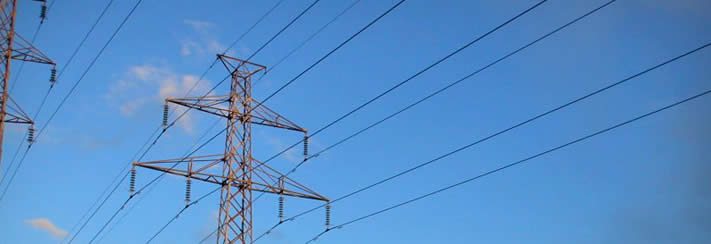MoEWRI unveils master plan of transmitting power
Kathmandu, July 1
The Ministry of Energy, Water Resources and Irrigation (MoEWRI) has unveiled a transmission system master plan (TSMP) to develop 6,867 kilometres of transmission lines across the country so as to develop the energy sector.
In a programme organised by MoEWRI today, Barsha Man Pun, minister of energy, unveiled the TSMP which is an overall framework regarding construction of transmission lines and substations, power generation forecast and domestic load and export.
“The TSMP is very useful for Nepal and is the result of the recently unveiled white paper of MoEWRI. It has planned to construct overall infrastructure through domestic and foreign loans from different countries and investment organisations,” Pun said.
The ministry has taken the initiative to develop 2,515 kilometres of transmission lines of 132 kV capacity, 1,160 kilometres of 220 kV capacity transmission lines and 3,192 kilometres of transmission lines of 400 kV capacity across the nation.
The ministry has also planned to develop 29 substations of 400/132 kVA capacity, 11 such stations with 400/220/132 kVA capacity and 19 substations with 220/132 kVA capacity. Likewise, the MoEWRI has plans to instal transformers with total capacity of 30 gigawatts across the country.
The master plan also speaks of generating 38,000 megawatts of electricity by 2040 of which the government plans to utilise 18,000 megawatts for domestic consumption and export 15,000 megawatts to neighbouring nations. Of the total planned output, the ministry plans to keep 3,000 megawatts of energy in spinning reserve.
The TSMP has estimated that it will cost $6037.68 million to construct all the aforementioned infrastructure, of which $3767.91 million will be for construction of transmission lines and $2269.76 million for substations.
The government has formed five zones to implement the TSMP.
Zone 1 includes Karnali, Seti and Mahakali corridor. The projects that will be developed in this zone are the Pancheswor, West Seti and BetanKarnali hydropower projects. The government has proposed to develop Attariya and Dododhara as major electricity hubs. It has also proposed to export electricity through Dododhara to Bareilly (India) and from Attariya to Bareilly (India) via 400 kV cross-border transmission line.
Likewise, Zone 2 will comprise Bheri corridor and there are plans to develop the Naumure storage, Uttar Ganga, Nalagadh and Bheri-3 storage hydropower projects. The TSMP plans to develop Phulbari and Mainatada as major electricity hubs in this region and export electricity from Phulbari to Lucknow of India via 400 kV transmission line.
The master plan has included the Kali Gandaki and Marsyangdi corridors in Zone 3. There are plans to develop the Kali GandakiKowan, Upper Marsyangdi and ManangMarsyangdi hydropower projects in this area. The ministry plans to develop Butwal and Bharatpur as major electricity hubs and export energy from Butwal to Gorakhpur of India via 400 kV cross-border transmission line.
Similarly, Zone 4 includes Trishuli-Chilime, Kathmandu Valley, Khimti and Tamakoshi corridors and there are plans to develop Tamakoshi III and Sunkoshi II and III hydropower projects in this zone. The TSMP has proposed to develop Khimti, Dhalkebar and Hetauda as major electricity hubs and plans to export energy from Chilime to Kyirong of China and from Dhalkebar to Muzzaffarpur of India via 400 kV cross-border transmission line.
The government has proposed to develop the Koshi and Arun corridors in Zone 5. It has planned to develop ArunKimathanka, Tamor storage, Lower Arun and Upper Arun hydropower projects and establish Inaruwa and Mirchaiya as major electricity hubs. It has planned to export electricity from Inaruwato Purnea of India and from Kimathanka to Latse of China via 400 kV cross-border transmission line.






